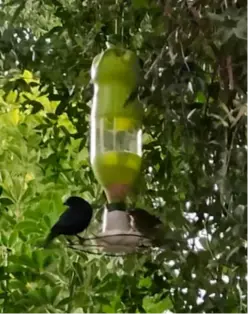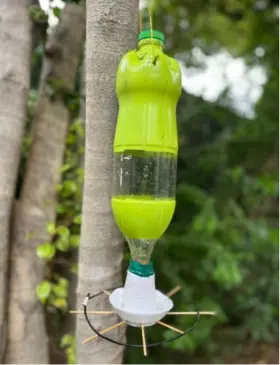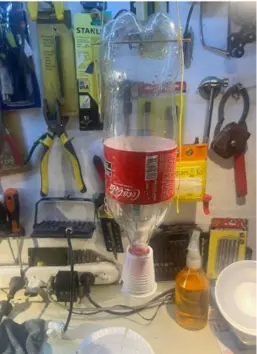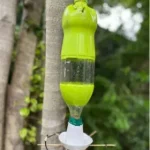Teacher: Maria Inés Bertoni
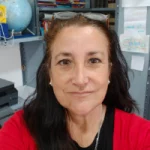
Maria Inés Bertoni
Maria is a chemistry teacher and has been teaching for more than 30 years, she has taught at Riverside Green School for the last two years. Maria has taken on many challenging and diverse roles over the years and this year she took on teaching Environmental Management which was a drastic change from her previous teaching experience. This led her to start researching activities that could help students learn different concepts through natural phenomena. While exploring ideas with Artificial intelligence, the concept of creating bird feeders emerged.
Usefull links related to the Solution
Overview
Riverside School in Argentina has been attempting to generate and spread the concept of environmental responsibility across the curriculum and Maria has taken responsibility for championing this cause. Over the course of a year, Maria and the teaching team started to develop the students’ desire to care for and protect the environment. One practical example of how Maria has integrated environmental teaching into the curriculum is through her teaching of ‘the study of scientific method’ using the creation of environmentally responsible bird feeders as a vehicle to deliver scientific concepts.
Theory of Change
Maria is coordinating the adoption of environmental responsibility across the curriculum. The teaching staff are slowly implementing the changes to the curriculum. Maria is using artificial intelligence (AI) to generate interesting environmentally focused ideas in areas of the curriculum that appear at first glance to be dull and repetitive, ensuring that students are engaged by their learning and that environmental aspects of the curriculum are memorable and impactful.
Approach and Actions
Maria used AI to generate engaging learning activities for teaching ‘the study of scientific method’, a topic found within the environmental management curriculum. One of the ideas suggested was to create beautiful wooden bird feeders. Given the school’s focus on environmental responsibility, and recycling and reusing materials in particular, Maria refocused the project on making bird feeders using waste materials.
Maria produced a worksheet which led the students through the scientific processes and principles, ensuring the content of the environmental management curriculum was incorporated into the students’ learning along with the development of an appreciation for wildlife and an understanding of waste management and waste reduction. The bird feeders needed to incorporate a self-filling mechanism, which made the project technically demanding.
Through the topic, students also took part in bird watching, species classification and counting. They also developed transferable skills such as critical thinking and creative thinking which are essential for ensuring the students are prepared to tackle the challenges of the climate crisis.
Impact
The impact of the project was greater than expected. The students were very excited about making bird feeders. They worked in groups and conducted research. In many cases, they failed; their feeders broke, and they had to start again, proposing changes and evaluating their designs. This design iteration process demonstrates the integrity of the critical thinking and problem-solving aspects of the project. The project also generated interest across the school with students outside the project asking questions about about the project and taking photos of the bird feeders. The teachers involved in the project were also very enthusiastic about it.
